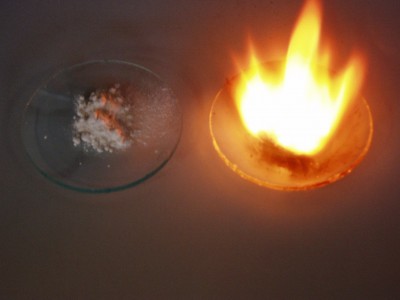Understanding the startling observation that primary phosphines can be air-stable
In 2006 we published our discovery that a chiral primary phosphine based on a MOP backbone (1a,b) was stable in air indefinitely (Angew. Chem. Int. Ed., 2006, 45, 7248). This was a startling observation, given that the RPH2 family of compounds have a foreboding reputation as being noxious, toxic and air-sensitive compounds, some of which are explosive. Acknowledging the fact that steric encumbrance doesn’t appear to be responsible for this air-stability, we embarked on a course of research which would shed more light on this phenomenon. One important point to appreciate is that increasing conjugation in the R group of RPH2 appears to correlate with increasing stability to air-oxidation. Experimentally we find that on going from phenyl- (1e,f), to naphthyl- (1c,d) to binaphthyl (1a,b), there is an increasing stability to air – the latter two phosphines being air-stable.

DFT studies were undertaken with the assistance of Prof Harriman and Dr Stewart (Organometallics, 2011, 30, 5338) which show that the more energetically stable the corresponding radical cation (RC) is calculated to be, the more prone to air-oxidation the phosphine is. In the graph above, all primary phosphines with a calculated RC SOMO below the red line threshold of 10 eV are found to be sensitive to air-oxidation, with those furthest south being more reactive than those near the cut-off. Remarkably, when we extended the study to include some common secondary and tertiary phosphines, we found the model still held true, and it thus also provides a rationale for the transition from highly sensitive to oxidation to air-stability for the series PhPH2 to Ph3P.

In the graph (below, graphs taken from the Organometallics 2011 article) all phosphines with a calculated RC SOMO below the threshold are air-sensitive with the exception of 2 which is sterically stabilised by tert-butyl groups, and all those above the red line are air-stable. Thus we appear to have an in silico method to determine in advance whether a phosphine is likely to be air-stable or not. This was successfully put to the test when we prepared the first fluorescent air-stable primary phosphine (Angew. Chem., 2012, 51, 4921).


